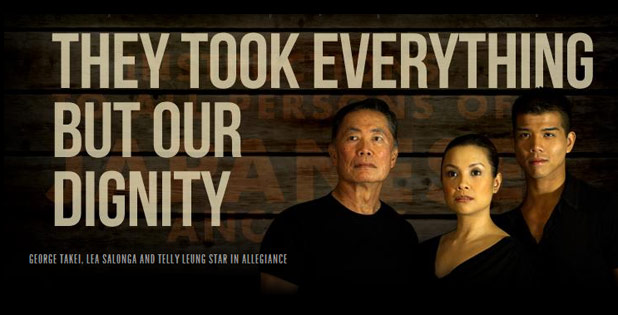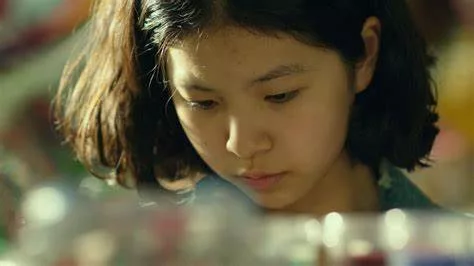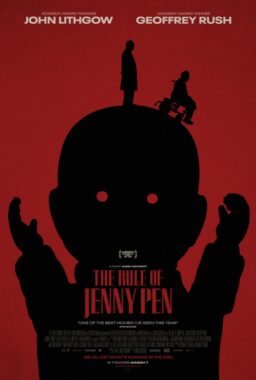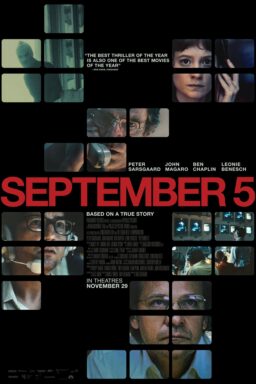As a sometime theater critic, I try not to play for tickets and I
rarely sit in the front row, but for George Takei‘s musical “Allegiance”
I made an exception in 2012. That was not because I was a fan of “Star
Trek: The Original Series” or because I follow George Takei on Facebook.
I was back in Balboa Park San Diego, the place where I
learned to love theater, because an elderly relative wished to see the
show. I don’t remember ever attending theater, particularly the Old
Globe, with her, but it was something she wanted to do, and something I
could do to repay all of her past kindnesses. The show would have never
made it to the Old Globe without Takei, and ,if not for this musical, it’s
unlikely that the documentary “To Be Takei” would have been made.
Before you went into the theater, you could look at artifacts from
the past—old school yearbooks and photos. I found a photo of a relative
who has since passed away. In the photo, he was young and hopeful. I
don’t remember him that way. History had beaten him down at least in one
particular emotional compartment in one particular historical moment.
Franklin D. Roosevelt’s Executive Order 9066 on February 19, 1942
came as a reaction to years of yellow perilism and the Dec. 7, 1941
bombing of Pearl Harbor. The order meant to clear the West Coast of
Japanese and Japanese Americans, first sending them to temporary
relocation camps such as the Santa Anita racetrack where people lived in
horse stalls and then to one of ten relocation camps located in various
states. The closest was Manzanar, California and the farthest east were
two in Arkansas. People lost businesses and precious family heirlooms
because they could only take what they could carry.
Being in prison is something I understand one doesn’t forget and the
internment experience is a hard, divisive matter in the Japanese
American community for two generations (the adults and the children) in
many ways. In the lobby of the theater in Balboa Park, there was an
artistic reminder of the many people who had been in the American
internment camps–Japanese nationals who were denied the right to become
naturalized citizens and Japanese Americans who were denied the rights
extended to other immigrants. Artist Wendy Maruyama had tags that
represented each inmate for each camp, gathered and hung together like
rootless trees, floating as a ghostly reminder of something that haunts
the lives of those who remember.
My relatives were divided into two mental camps: Those who can talk
about the internment and those who cannot. The number of people still
living who were confined in those Japanese American internment camps
dwindles with each passing year. Memories are being both lost and
forgotten.
In the camps themselves, a form called the Leave
Clearance Application and also known as the loyalty oath was
administered in 1943. Two questions divided the Japanese American
community into the no-no and the yes-yes. The questions were:
- “Are you willing to serve in the armed forces of the United States on combat duty wherever ordered?”
- “Will you swear unqualified allegiance to the United States of America
and faithfully defend the United States from any or all attack by
foreign or domestic forces, and forswear any form of allegiance or
obedience to the Japanese emperor, to any other foreign government,
power or organization?”
The no-no respondents were gathered up and sent to a different
camp and ostracized by the yes-yes community for decades after the war
ended. The musical “Allegiance” is about one family that was bitterly
divided by the questionnaire and is told through flashbacks with George
Takei playing the older present-day version of Sam Kimura and in the
1940s the grandfather. Telly Leung plays the young Sam Kimura.
My relative was touched that so many people wanted to hear this story
and that the majority of the audience weren’t ethnic Asians.
The musical had at least two unintentional consequences: 1) In
attempts to promote the musical, George Takei took to social media and
became a Facebook celebrity and 2) His prominence likely led director
Jennifer M. Kroot (with co-director and editor Bill Weber) to make the
documentary “To Be Takei.”
In “To Be Takei,” we see how being a political prisoner as a child
defined George Takei and how that and his confrontation with
stereotypes, turned into his political activism. When Takei finally came
out in 2005 and got married to his long-time companion, Brad Altman, in
2008, he also became an activist for gay rights and same-sex marriage.
To “Be Takei,” either George or Brad, means being political by showing
how normal one is and by embracing social issues with grace and a smile.
Although the documentary originally was supposed to end with the
opening of “Allegiance” on Broadway, the Allegiance team are still
working on finding a venue and crowdsourcing. It would be a pity if it
didn’t open; it would be a shame if George Takei didn’t star in it.
The musical is about the past, a memory play, but it is also about
how Americans can sometimes view Asian ethnic groups as never truly
American. It’s a lesson about the xenophobia and prejudices that surface
during wartime and that should be a lesson that is vital and timely
since we are a country at war in Iraq and Afghanistan, two Asian
countries.
We have seen an escalation of prejudice and hate crimes against
people who look like they might be from those areas and toward people of
the predominant religion there: Islam. If you think my analogy is too
far fetched, then I’ll remind people that the late Arab (Lebanese)
American Casey Kasem came together with Japanese Americans in Los
Angeles when people were suggesting that ethnic Arabs be interned. That
was in 1991, during the first Gulf War (Desert Storm) before the current
war and before Guantanamo Bay Detention Camp was established in 2002.
To “Be Takei” is to be hard working and optimistic, and I hope that it also means a successful opening and run on Broadway.












